-
Posts
15,097 -
Joined
-
Last visited
Content Type
Profiles
Forums
Store
Help Articles
Posts posted by liuzhou
-
-
On 3/19/2024 at 12:48 PM, JoNorvelleWalker said:
I recently ordered some Indian ginseng. I haven't tried it. How is Asian ginseng different from US ginseng?
American ginseng is Panax quinquefolius but, although the chemical composition is different from Asian ginseng in some ways neither have been proved scientifically to have any medical benefit.
They both taste of nothing so no culinary benefit or difference, either.
American ginseng is imported to China and is expensive. I know nothing about Indian ginseng.
-
 1
1
-
-
5 hours ago, Katie Meadow said:
Okay, a stock question for you: sometimes I see recipes identified as Chinese chicken stock. They often contain ginger, but some of them specify using some kind of pork, not typically smoked, like maybe a pork neck bone or something. Is this common?
Yes. Very. In fact, almost always.
Certainly the ginger. The pork component is usually an unsmoked ham. When I do make an elevated Chinese stock I like to use Jinhua ham but for everyday stock skip that part.
-
 1
1
-
 1
1
-
-
I spent hours yesterday making chicken stock in my two slow cookers from carcasses supplemented with chicken's feet, onion, dried shiitake, Chinese celery and carrot.
Feet and carcass in one slow cooker
Chinese celery
Chilled it overnight and woke to 4 litres of beautifully jellified stock with a thin layer of chicken fat which I lifted off and reserved. Most of the stock is now in the freezer.
My fridge's gift for me this morning
This evening, I poached a couple of chicken thighs in some of the stock, stripped off the meat from the bones and returned it to the stock.
I then par-fried some matsutake and bolete and added them to my soup.
Served that to myself for dinner with some baguette. The soup was, I think, one of the best I've made (although there are no witnesses). Very tasty stock and well, matsutake and boletes. Can't lose.
As usual for me, the photo doesn't do it justice.
Now thinking about my freezerful of chicken stock and tomorrow.
-
 10
10
-
 2
2
-
-
S: 无花果; T: 無花果 (wú huā guǒ, literally 'no flower fruit'), Ficus microcarpa, figs are somewhat misnamed; although you might not see flowers, they are hiding somewhere there. This article explains.
Figs are sold here fresh in season, but also dried year round. They are used in TCM but what isn't? Figs are supposed to be beneficial for grating lung ailments and coughs. Need I add there is little, if any scientific evidence behind the claims?
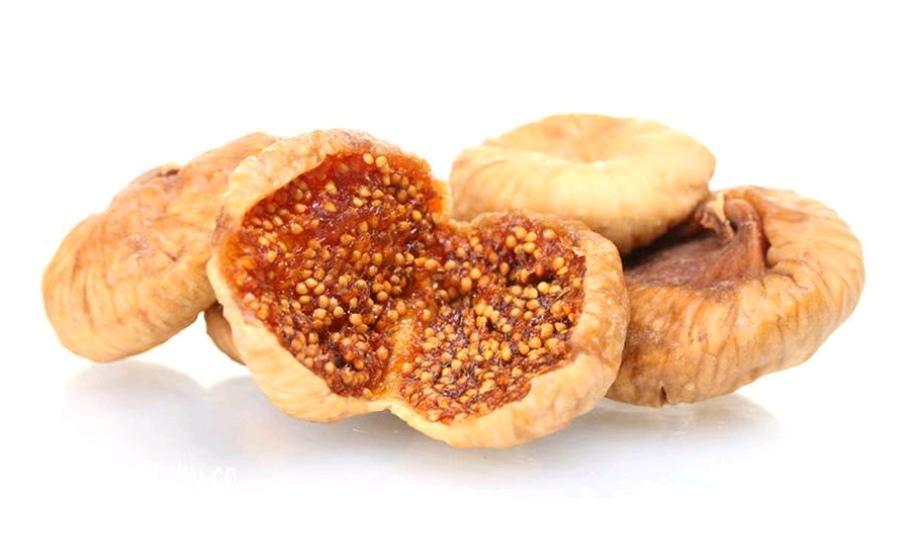
Dried figs
The main culinary use apart from as a table fruit is the dried fruit in a fig soup with pork. This is considered to be both delicious but also a healthful tonic.
According to this dried fruits should be washed in COLD water before using in the soup to avoid them being sour. Not a problem I've encountered and I don't understand the science behind that.
We also get these slivers of dried fig to eat as a snack, but also to add to soups and tonic teas or tisanes.
-
 1
1
-
-
I'm sure what you fancy for dinner tonight are some "small nonvascular plants with spores and gametophytes"*. Luckily, Chinese cuisine has you covered.
S: 发菜; T: 髮菜 (fà cài) (Cantonese: fat choy), Nostoc flagelliforme is known in English as long thread moss, edible black moss or hair moss (the literal translation of the Chinese).
This terrestrial algae is particularly popular at Chinese New Year, not for any culinary reason but a linguistic one. The names is a near homophone of the last two characters of the New Year greeting 恭喜发财 (Mandarin: gōng xǐ fā cái; Cantonese: gong hei fat choy) meaning 'to become prosperous'. **
Until recently, this was harvested in the Gobi Desert and on the Qingdao plateau. Due to overharvesting this has now been banned almost everywhere in China only minimal production being permitted.
This has led to price increases and a lot of fake moss being sold although it's not difficult to spot the fakes. The real deal is a dark bluish-green whereas the fakes are pure black.
It is also produced in Vietnam, which hasn't banned it, so far as I can determine. In Vietnamese it is tóc thiên (literally 'angel hair').
Wherever it comes from, it comes cleaned and dried. When rehydrated, it visually resembles long vermicelli
If you do get hold of it, a great way to use it is with dried oysters. A search for 'oysters with fat choy' will turn up recipes.
It has an affinity with mushrooms and dried scallops and is used in soups and hotpot.
Dried moss, dried shiitake, dried oysters, dried scallops
But perhaps the best known dish for CNY is Buddha's Delight, a dish for which there are as many recipes as there are Buddhists. You could start here:
https://www.adayinthekitchen.com/buddhas-delight/
* Encyclopedia Brittanica
** Actually, this is nowhere near the most common CNY greeting. S: 新年快乐; T: 新年快樂 (Mand: xīn nián kuài lè; Cant: sun nin fai lok, 'Happy New Year!) is by far the most common.
-
 1
1
-
-
I just read this comment in response to an article on a certain internet food site.
"I often ate lotus seeds growing up in congee..."
Was the writer growing up in congee or the lotus seeds?-
 4
4
-
-
Rice flower carp, S: 禾花鱼; T: 禾花魚 (hé huā yú), Cyprinus carpio is farmed in the rice paddies of southern China and SE Asia.
The fish are not only a crop but act as insecticides by eating the bugs and also fertilise the rice with their waste.

Dongfried rice flower carp
Most of the farmers are from China's ethnic minorities, around here the Miao and Dong peoples and they have developed delicious recipes to utilize them.
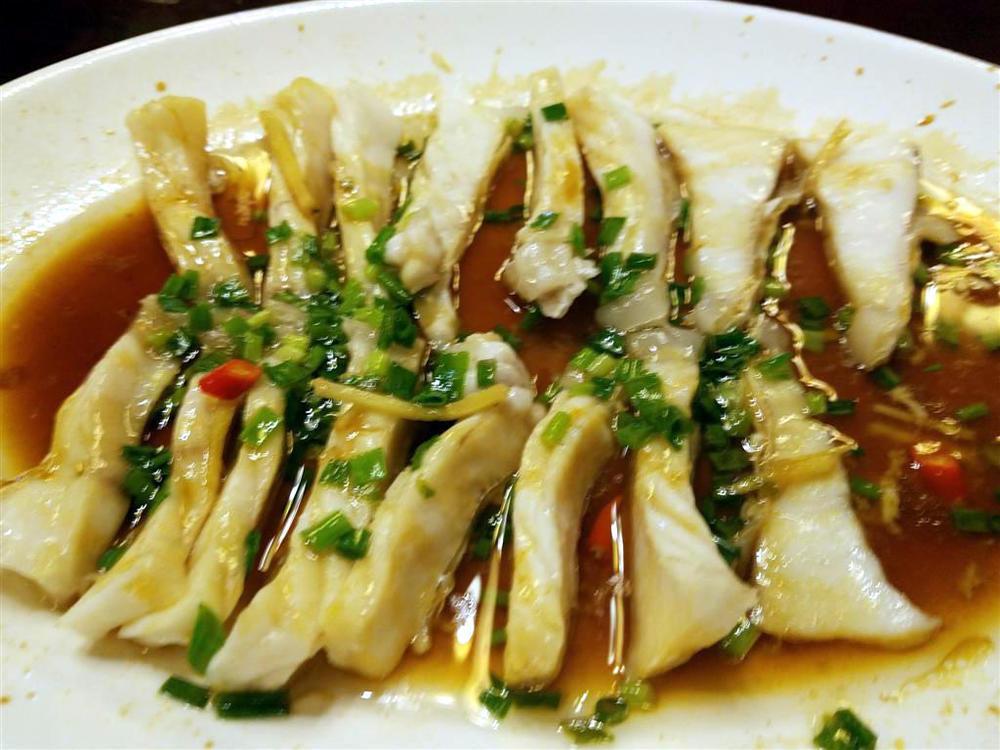
Miao steamed rice flower carp fillets.
-
 2
2
-
-
-
Shaggy manes are on sale in every supermarket here. Known as 鸡腿菇 (jī tuǐ gū) or “chicken leg mushrooms”, they are very popular.
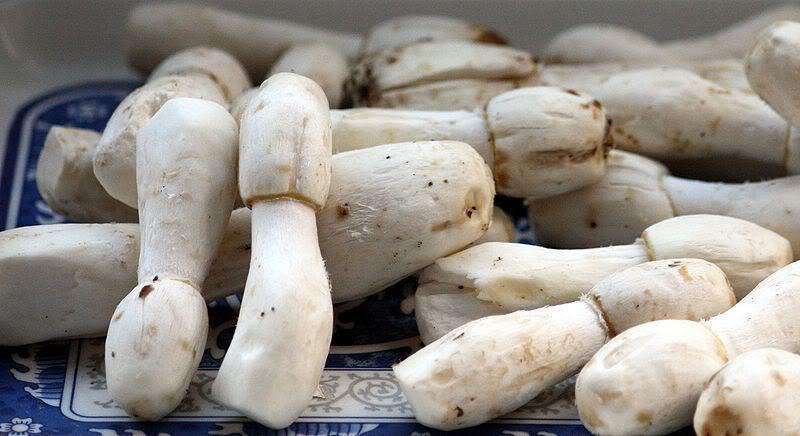
-
1 hour ago, chromedome said:
Stores in my area refer to that as "Chinese lettuce" to distinguish it from "Napa cabbage." I won't speculate on the reasoning behind that description.
Chinese lettuce is usually this.
AKA , celery lettuce, asparagus lettuce, sword lettuce or A-choy.
Different species. Lactuca sativa var. asparagina.
-
Gyngawdry and Tavorsay
I've been seeing these in my local supermarket for years and wondering what I could do with them.
They are the Iivers of some unidentified species of fish.
Then, yesterday, I remembered two recipes. The first is for gyngawdry, sometimes spelled gyngawtre. Not that it's spelled often. It was first found in writing in 1390 and hasn't been found any later than around 1450, other than in works by other writers, nearly all historians, quoting the 1390 book.
The 1390 reference is from The Forme of Cury by the Chief Master-Cook of King Richard II of England, the oldest English language cookbook we know of. 'Cury' is an old form of 'cookery' from the Latin, curia. Nothing to do with 'curry'.
GYNGAWDRY"Take the powche and the lyver of haddok, codlyng and hake and of oother fisshe, parboil them, take them and dice them small, take of the self broth and wine, a layour of bread of galyntyne with good powders and salt, cast that fysshe therein and boile it. & do thereto amydoun and colour it grene."
The Forme of Cury - PD
That the dish disappeared a mere 60 years after its debut is not encouraging, although it lasted longer than Richard, who was forced to abdicate in 1399 and was executed by Henry IV on Valentine's Day, 1400 at the age of 33. The fate of his cook is unreported.
Anyway, although I don't know what the species is in my supermarket, I'm totally sure it isn't haddock, cod or hake. I move on
TAVORSAY
Tavorsay has even fewer mentions only being referenced once - in 1450, just as gyngawdry makes its last appearance in the same document.
It does have a clearer description though.
"Tauorsay: Nym ye hed of ye codling & ye liuere, & like out ye bones. Cast therto goud poudre of piper & gyngiur and gif forth."
Cod head and liver with spices including pepper and ginger.
Cod I can get here although not with livers intact. Fish head soup is popular here but is made from bighead carp, not cod.
Hmmm. No fish livers in my immediate future, it seems.
-
 1
1
-
-
1 hour ago, Katie Meadow said:
One other possibility is that they served what are called "false morels," another species that looks somewhat like a morel to the amateur picker.
The article says false morels have been ruled out.
-
-
One of my favourites of late is 鲟鱼 (xún yú), Acipenser sturio, sturgeon.
This one kilo, sustainably farmed monster comes to me for 107元 / $15 USD or would do if I asked.
This is a dense meaty fish, similar to pork in feel and can be cooked in many ways including steaming, poaching, frying, grilling etc.
Instead, I buy this 熏鲟鱼 (xūn xún yú), hot smoked sturgeon. It comes from the top caviar producer in China (the world's largest caviar producer), Kaluga Queen.
At 22元 / $3 for 50g,it isn't cheap but so good I can't resist. I buy 10 packs at a time.
Of course I can also get the caviar. 104元 / $14.50 for 10g. A birthday treat.
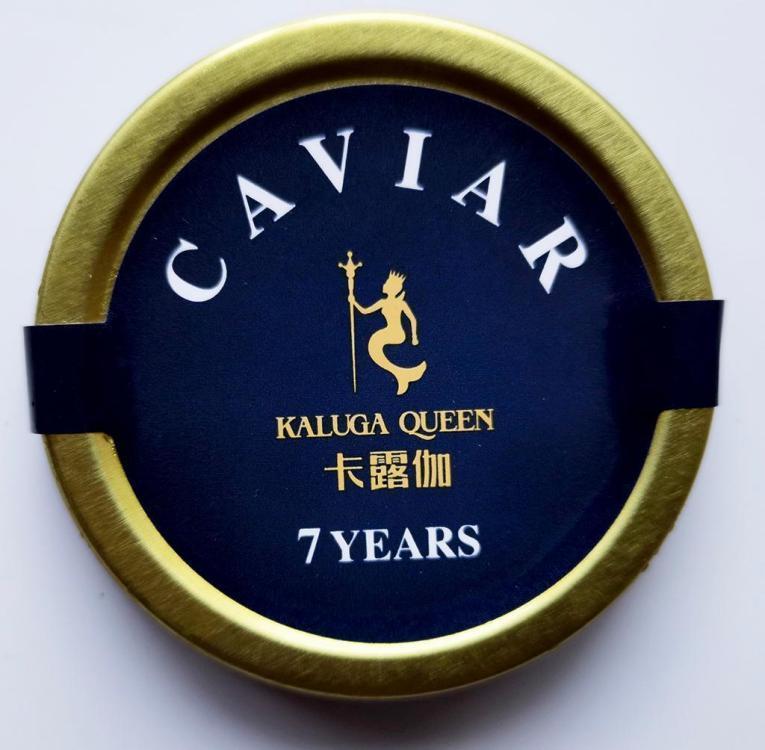
Even better, have both together.
-
 5
5
-
-
I know I only had this a few days ago, but I like it and to make it I have to buy mustard greens. These come as a large plant; too much for me to eat in one go. But I won't apologise for revisiting it.
Clam and mustard green soup.
Mustard greens
Same recipe as last time.
Followed by 孜然牛肉夹馍 (zī rán niú ròu jiā mó). Ate three. May have another before bedtime.
https://forums.egullet.org/topic/150018-rou-jia-mo-肉夹馍/
-
 7
7
-
 2
2
-
-
On 3/14/2024 at 10:13 PM, KennethT said:
Interesting. I've never heard of chicken breeds varying by location in SE Asia. Usually, they just discuss "kampung" or village chicken - meaning one that just roams around and eats whatever it wants versus a standard chicken. The kampung chicken is notably tougher and scrawnier but prized for its flavor.
The equivalent of kampung or kampong chickens here are S: 农村土鸡; T: 農村土雞 (nóng cūn tǔ jī), meaning rural area or village free range chickens (above). Yes scrawny but delicious and great for stocks.
At the other end of the scale we have S: 清远鸡; T: 清遠雞 (qīng yuǎn jī), Qingyuan chicken from the eponymous county in Guangdong province. Similar to the famed Wenchang chickens above, these tender fleshed, smooth yellow skinned are highly prized and used in poached S: 白切鸡; T: 白切雞 (bái qiē jī), Cantonese chicken, known as "white cut chicken".
White cut chicken (centre)
We can also buy S: 阉鸡; T: 閹雞 (yān jī), capons.
These castrated males are the most expensive on my delivery app, selling for 144元 / $20 each.
-
 1
1
-
-
-
When seeking chickens, beware of one breed in China: S: 田鸡; T: 田雞 (tián jī, literally 'field chicken').
Tasty as these are, they are not what you may want. 'Field Chickens' are the Chinese edible frog Hoplobatracus rugulosos.
These are sold live in many supermarkets or wet markets but can also be bought post mortem and skinned.
Supermarket live frogs
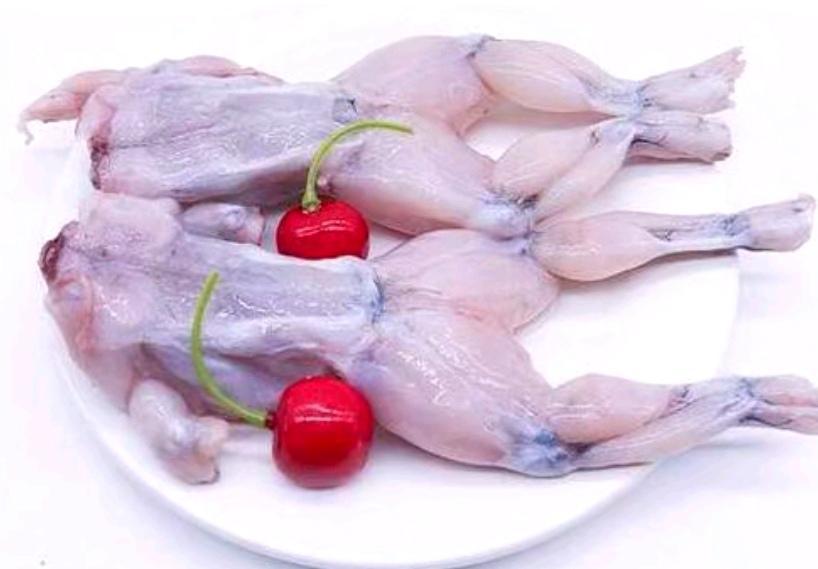
Also, 鸡 (jī, literally 'chicken') is slang for a prostitute. No image for that breed.
-
 2
2
-
 1
1
-
-
-
-
S: 长白; T: 長白 (cháng bái), Changbai is a county in Jilin Province in N.E. China known in full as 长白朝鲜族自治 (cháng bái cháo xiān zú zì zhì xiàn), Changbai Korean autonomous county. It has been home to ethnic Koreans for centuries.
It is also home to S: 长白山; T: 長白山, (cháng bái shān), Changbai mountain. This is an extinct volcano on the border with North Korea. The volcano's crater is now S: 长白山天池; T: 長白山天池 (cháng bái shān tiān chí), Changbai Mountain Heavenly Lake, a major tourist attraction for Chinese visitors.
The area is also famous for its S: 人参; T: 人參 (rén shēn), ginseng, Panax ginseng, a herbal root widely used in TCM. The plant is extinct in the wild but still cultivated here. It is expensive as it takes five years to be ready to come to market.
Ginseng root
It is made into tea and is also a common addition to chicken soups, as mentioned above. S: 参鸡汤; T: 參雞湯 (shēn jī tāng), ginseng chicken soup is considered by many people to be healthful. There is little evidence to support this view.
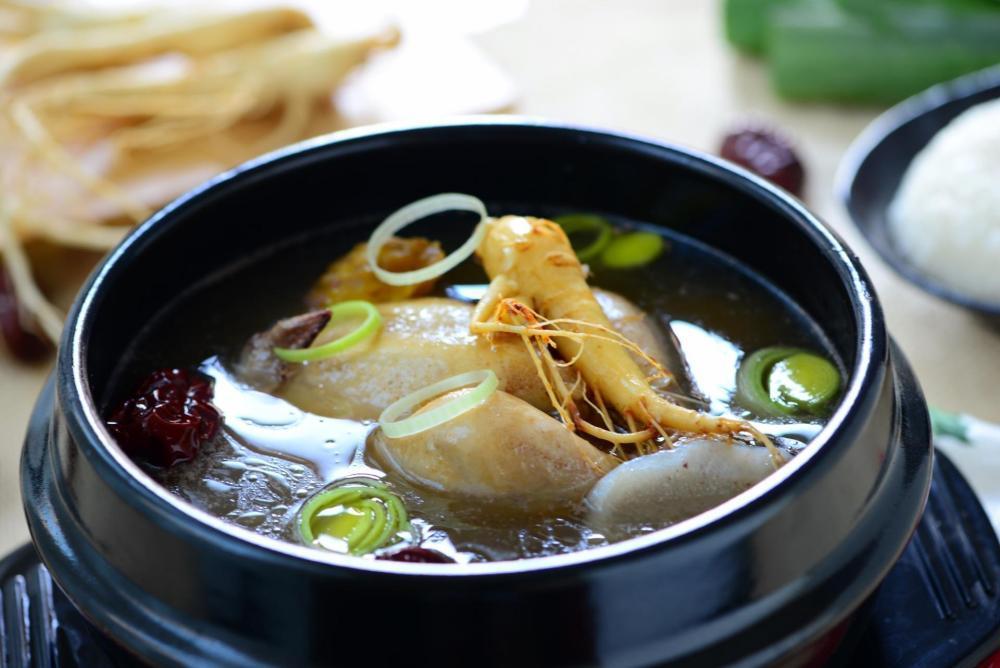
Ginseng chicken soup
The US National Center for Complementary and Integrative Care (NCCIH) has a balanced report on ginseng's efficacy or lack of, along with health warnings regarding its use by children and pregnant or breast feeding women at this link.
https://www.nccih.nih.gov/health/asian-ginseng
-
 2
2
-
 1
1
-
-
Other types of chickens we get here include some described by habitat.
These tend to be local. We get S: 尧山鸡; T: 堯山雞 (yáo shān jī) Yaoshan chicken from, a mountain of that name near Guilin city an hour to the north of Liuzhou.
Then there are S: 巴马脆皮鸡; T: 巴马脆雞 (bā mǎ cuì pí jī), Bama crisp skin chicken. Bama is a Yao ethnic minority county to the west of here, famous in China for its being a longevity cluster. It is one of the highest concentration of centenarians in the world. Whether their chickens contribute to this is undetermined. The skin is noted for crimping up more than your average cook. I will not comment on the centenarians' skin.
Bama chicken
Another local type is S: 融水飞鸡; T: 融水飛雞 (róng shuǐ fēi jī). Rongshui is a Miao ethnic minority county to the north which I have visited often and documented here.
The name of their chickens confused me the first time I heard of it. 飞鸡 / 飛雞 means 'flying chicken', but is also an exact homophone of S: 飞机; T: 飛機 (fēi jī) meaning airplane ✈️. When I was asked if I'd had 飞鸡 🐔 before, I thought I was being asked if I had flown there! Given there is no airport, that would be unlikely.
Rongshui flying chicken
Another chicken found in the same area is S: 青脚鸡; T: 青腳雞 (qīng jiǎo jī), blue foot chicken, on account of its blue tinged feet.
Blue foot chicken
Finally, there is S: 果园鸡; T: 果園雞 (guǒ yuán jī), Orchard chicken which, like all these, are free range birds, these ones raised in yes, orchards. What difference that makes, I'm not sure.-
 1
1
-
-
On 3/14/2024 at 3:00 AM, Katie Meadow said:
The market for older stewing chicken in the US must have dwindled to just about zero. Making chicken stock here means using a lot of parts from young birds like backs, feet, etc. Too bad. I would love to try making stock from a real stewing chicken.
I often use chicken feet for making stock, especially when I only want a little. They have so much collagen and the stock gels up - delicious.
If I need a lot, I go the old layer route.
-
 2
2
-
-
Today, I was idly flipping through my phone and the delivery app. The opening page always features ads for restaurants or ingredient delivery outlets. I noticed my new address in one of them!
My address covers a large, gated residential community (about 800 apartments) and on the main street side a few commercial outlets.
The ad I spotted was for a Sichuan restaurant. When I looked more closely, I realized it was a restaurant I often used last year when I was forced by my health to order in meals. And they had good food. It is two minutes walk from my apartment, in a corner I hadn't previously noticed.

四川地摊火锅 (sì chuān dì tān huǒ guō), Sichuan Market Hotpot.
I don't know if this is a good thing when I've just gotten back into cooking after a year's break. But they will delivery just upstairs, too. They don't only do hotpot.-
 3
3
-



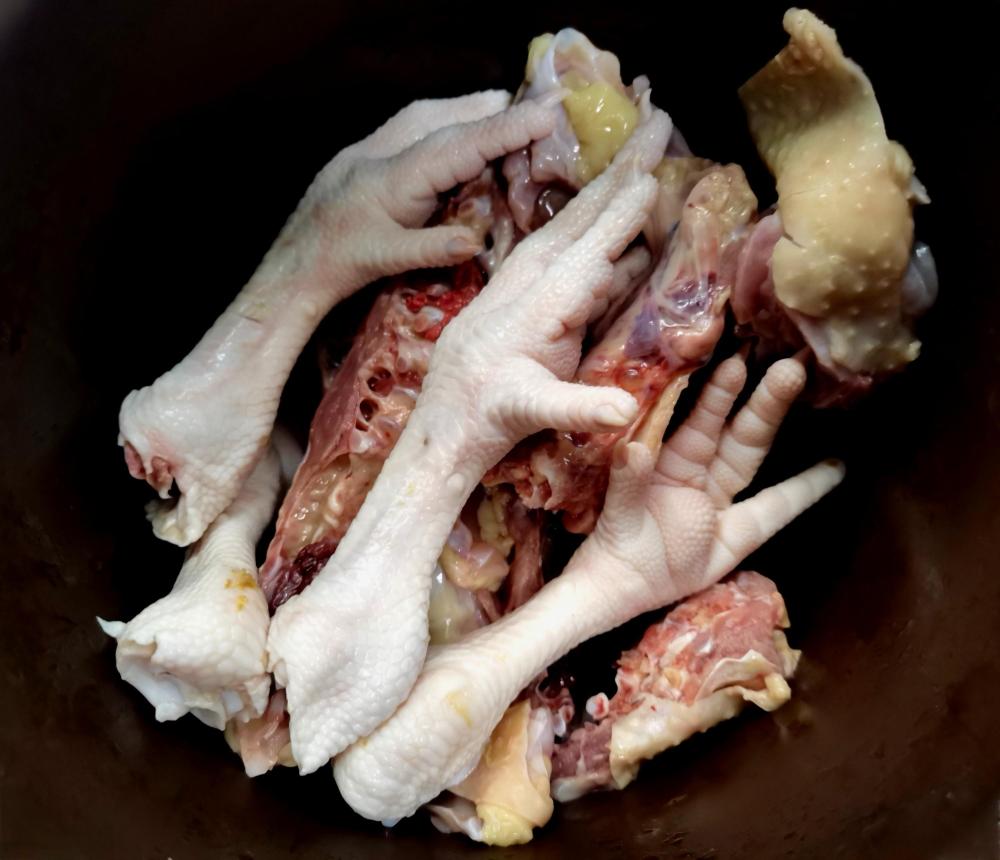
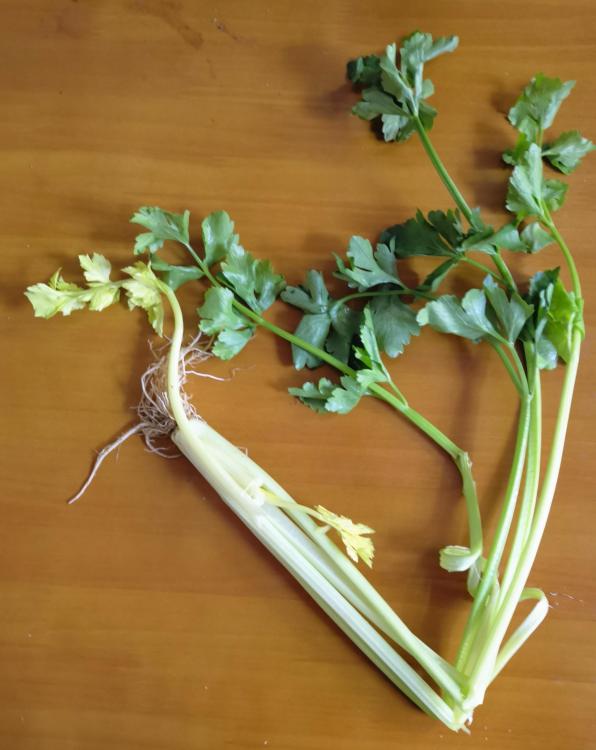
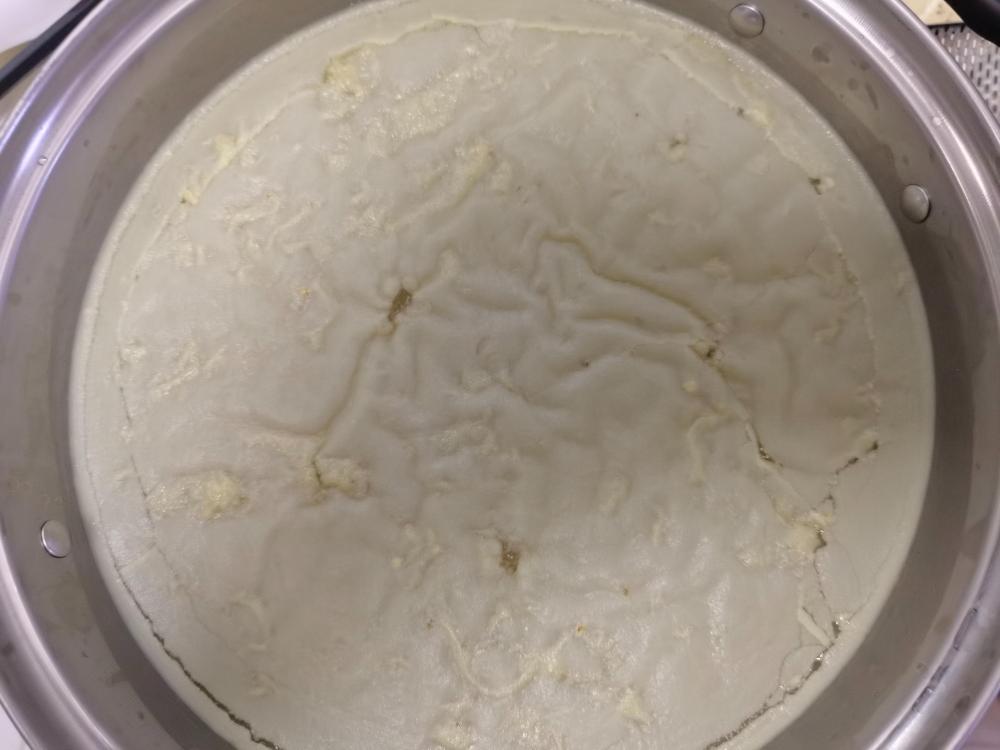
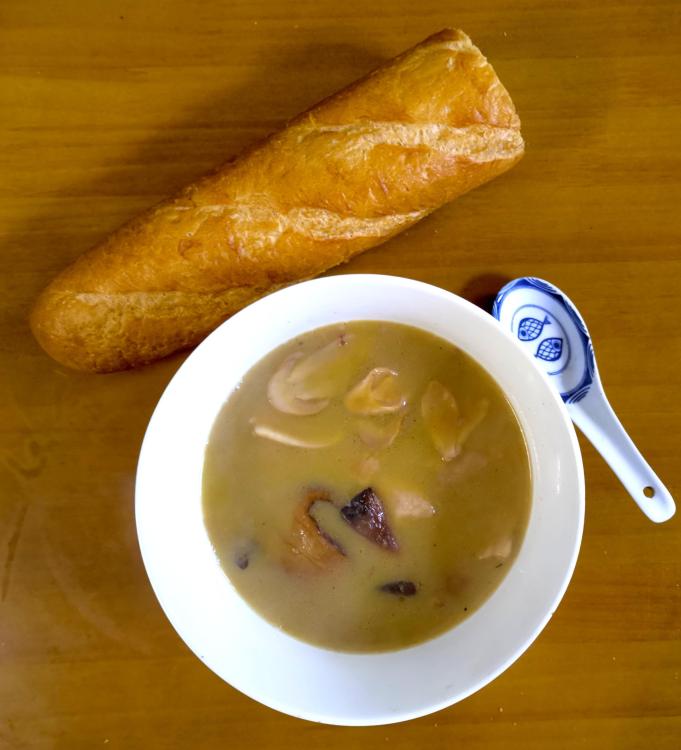

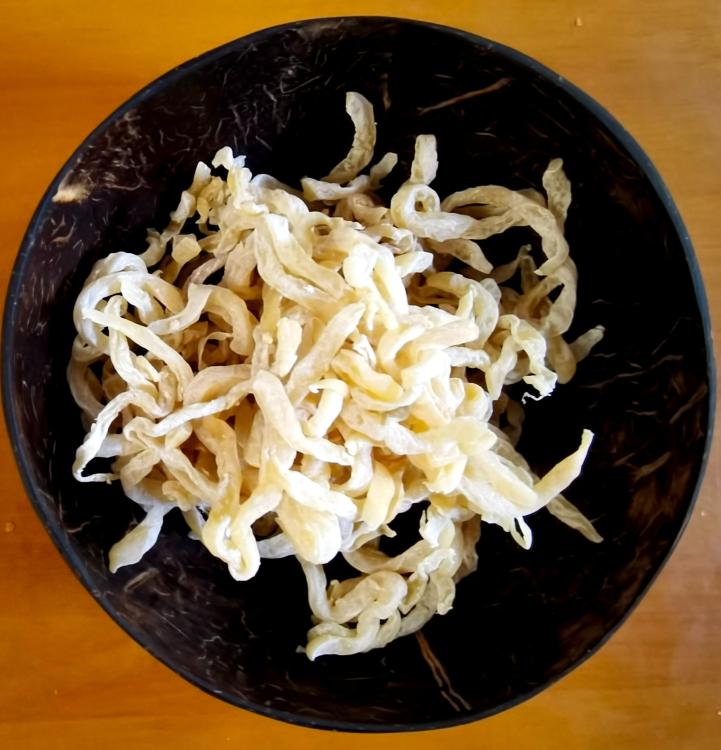
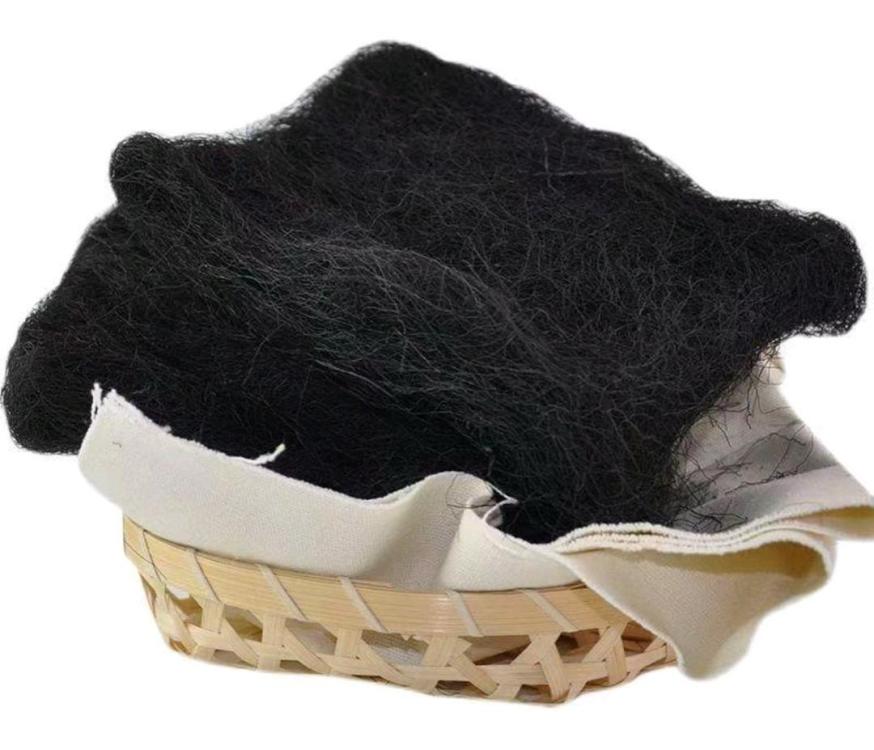

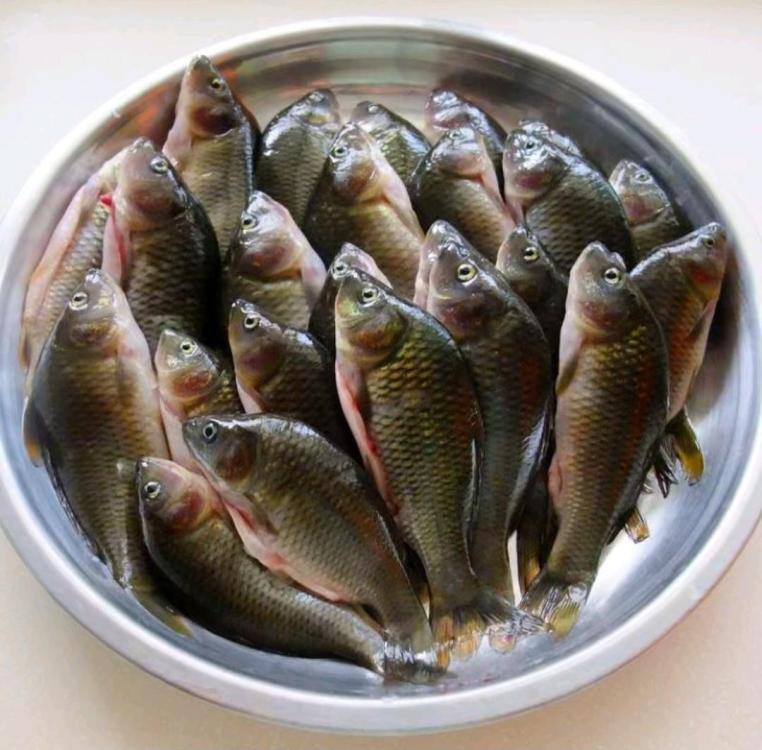
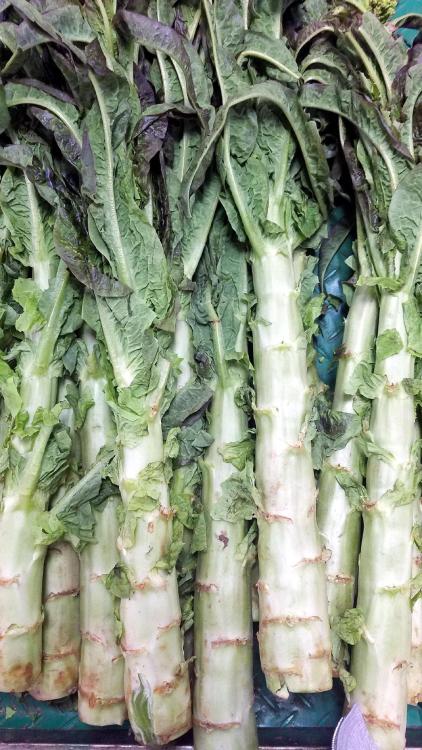
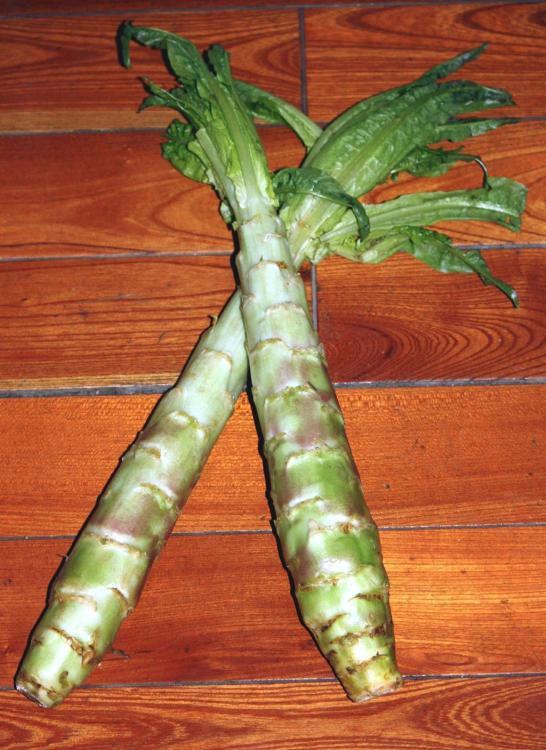
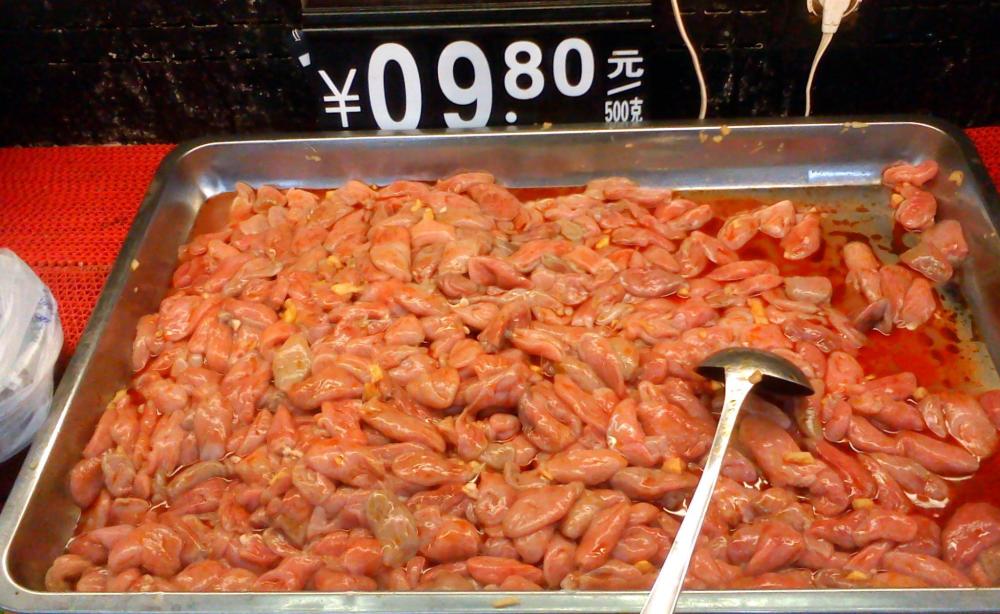

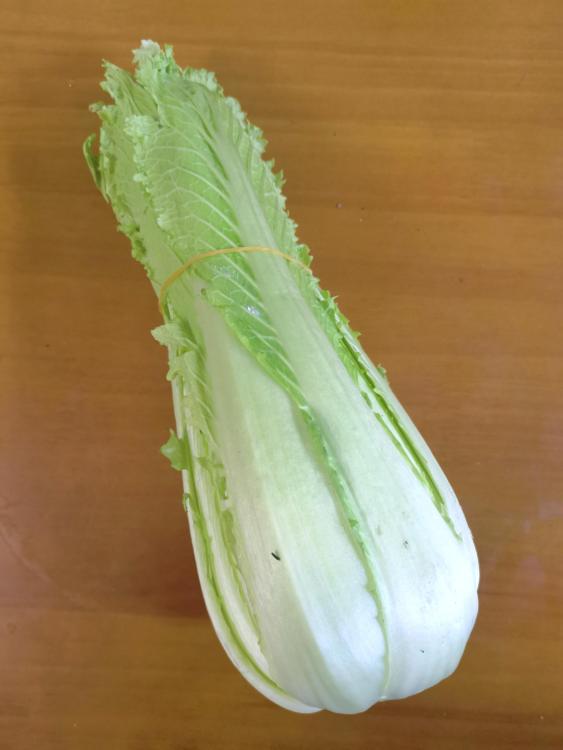
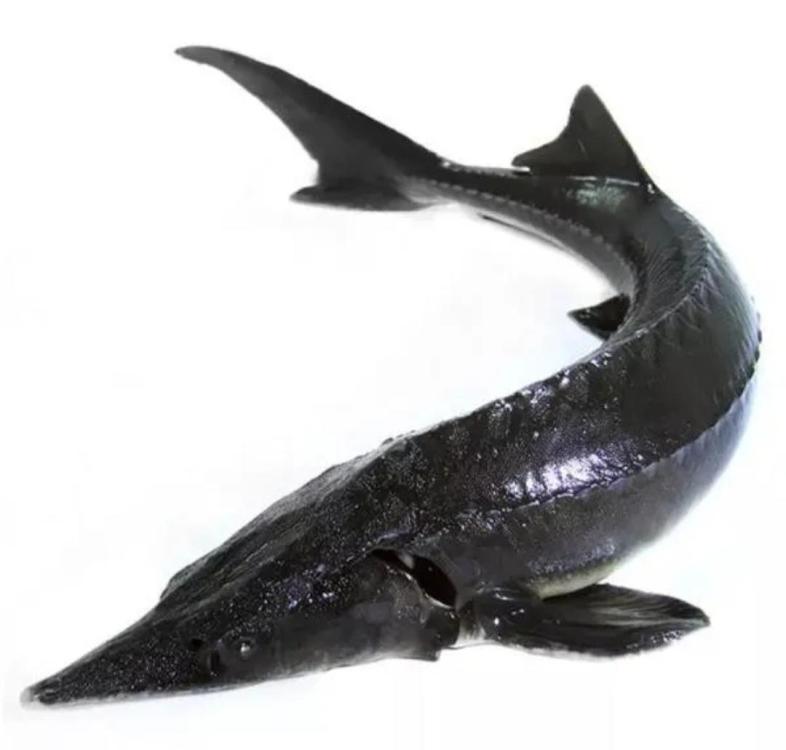


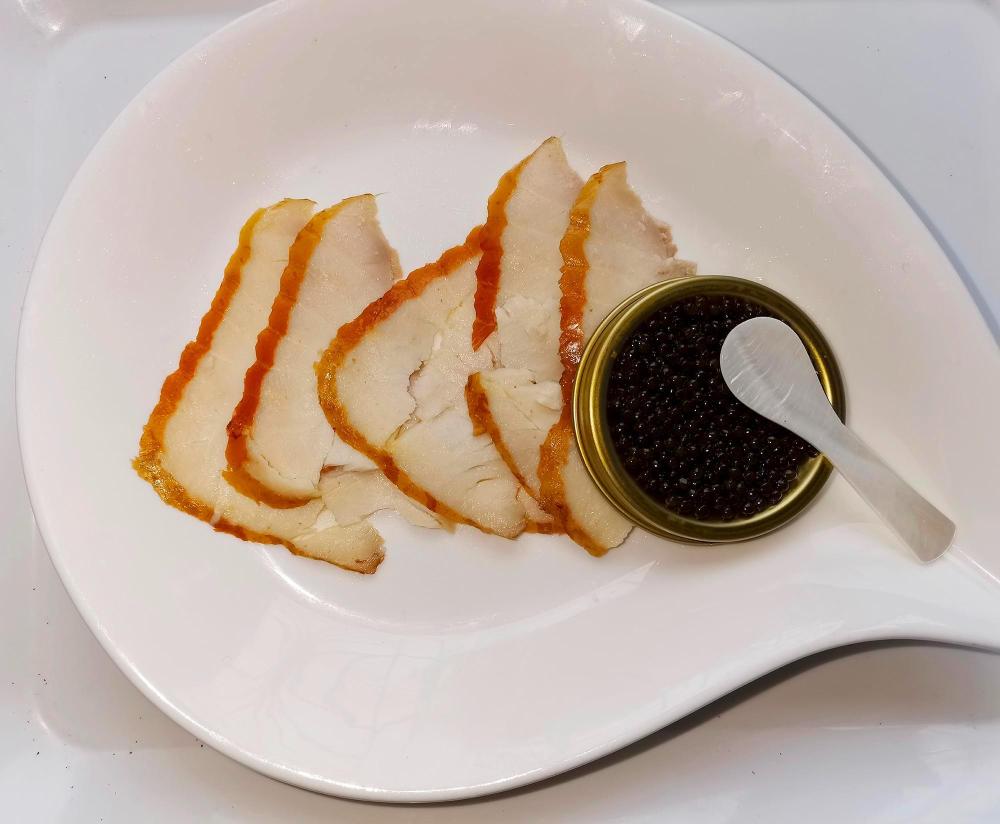
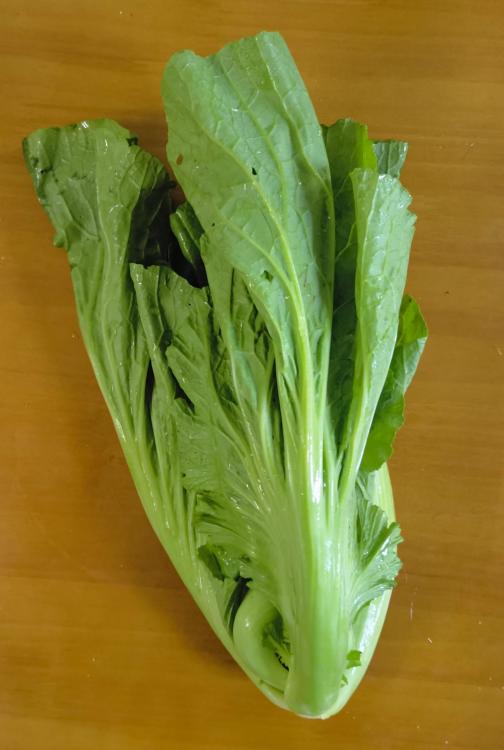
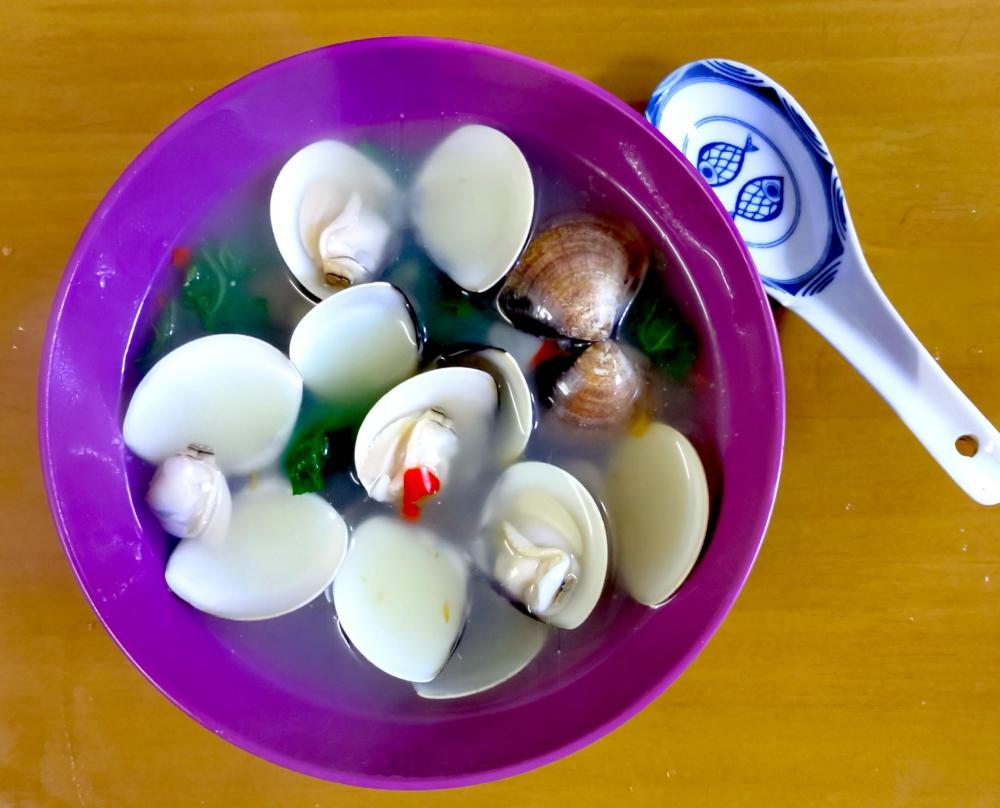
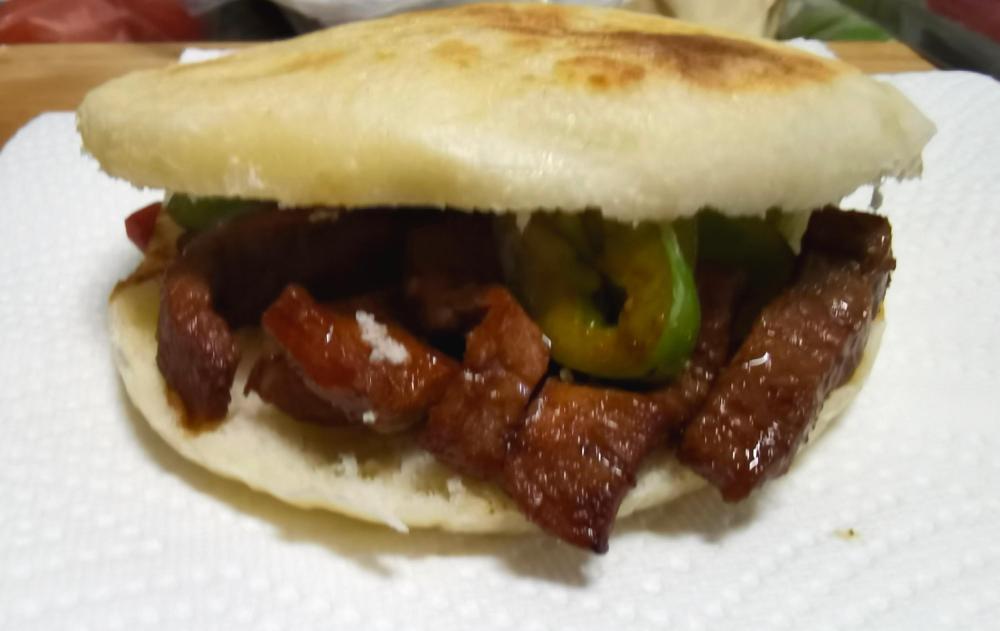
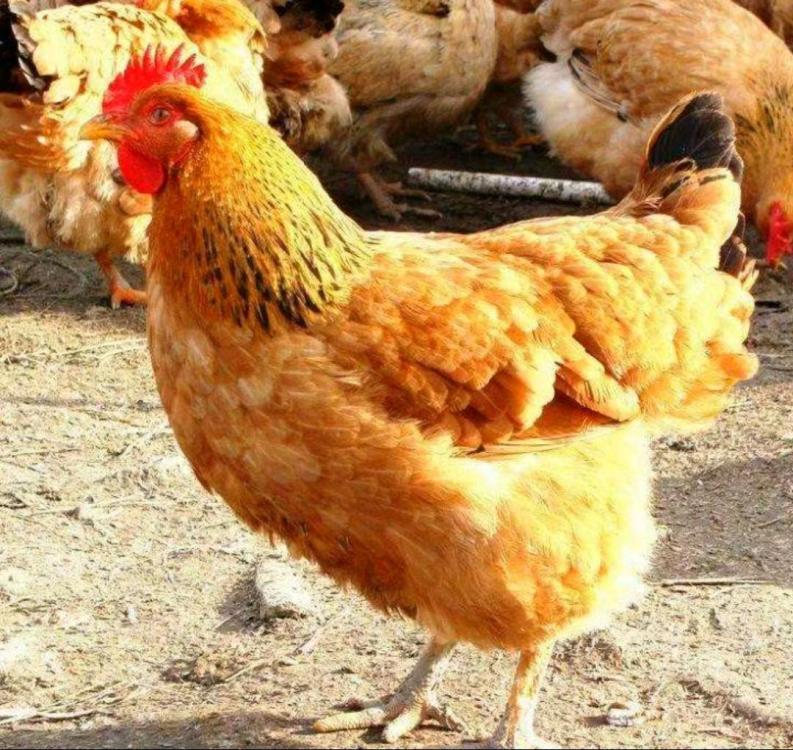
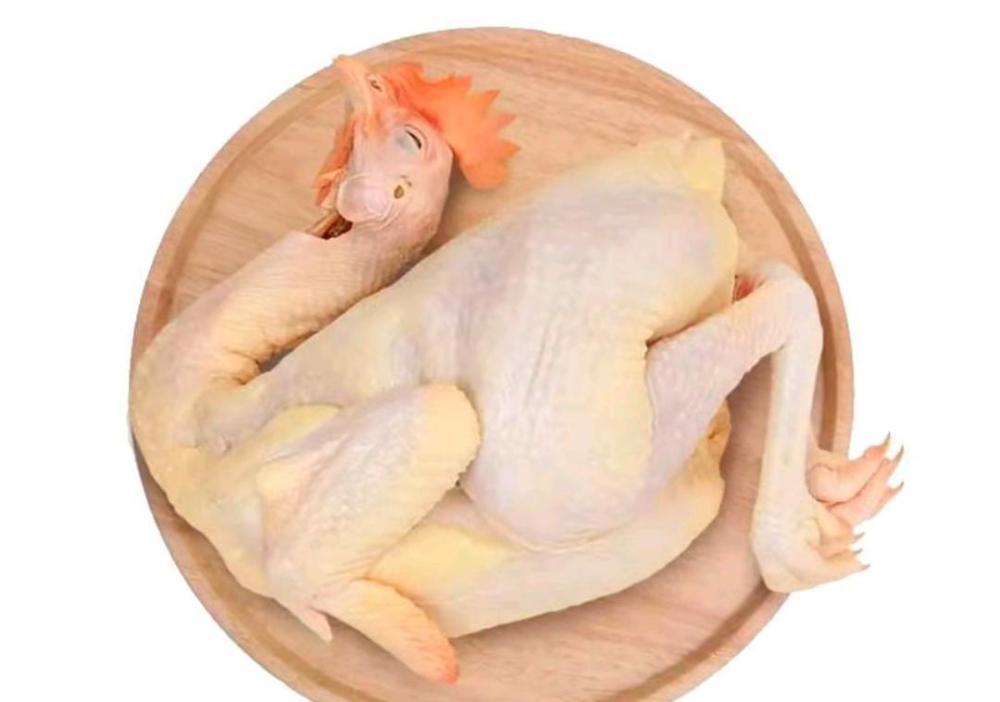
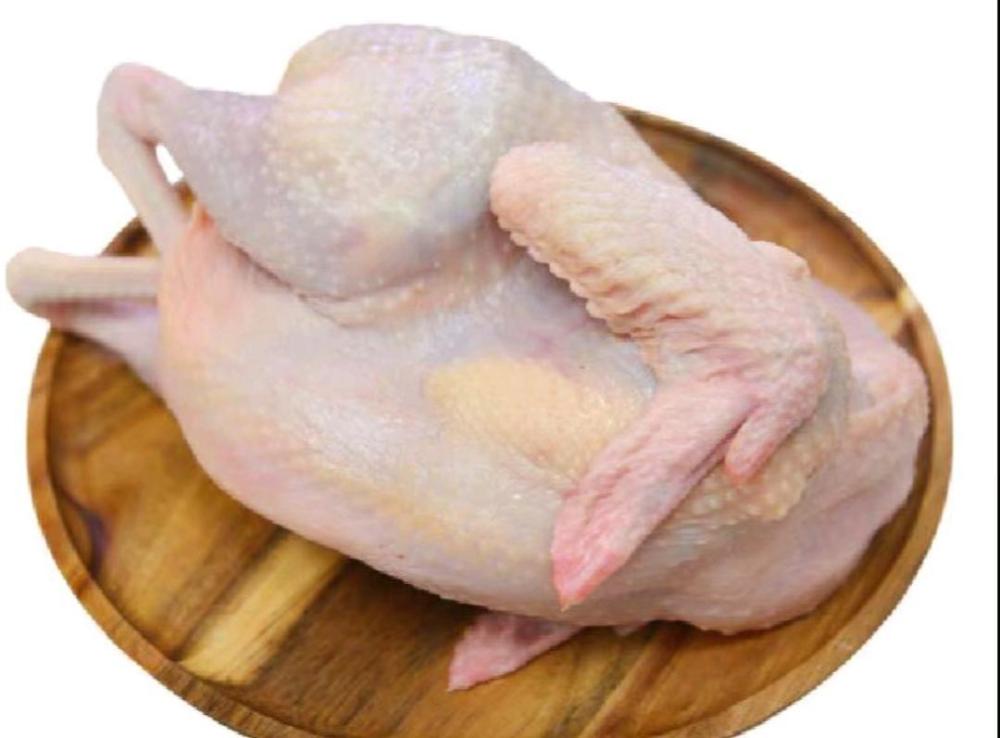
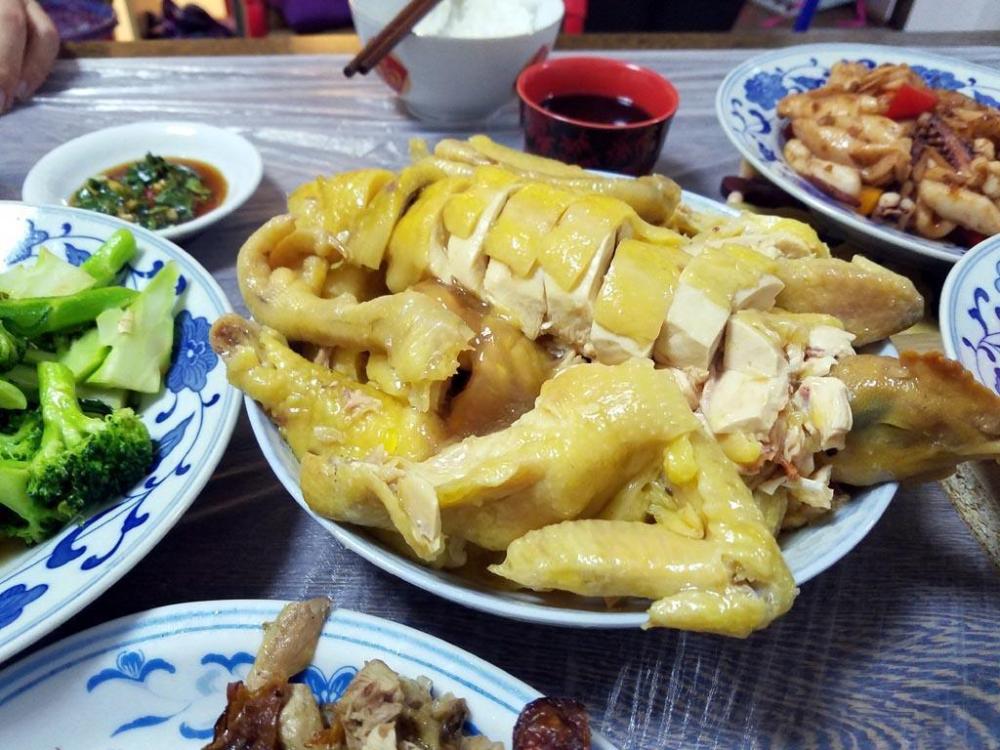
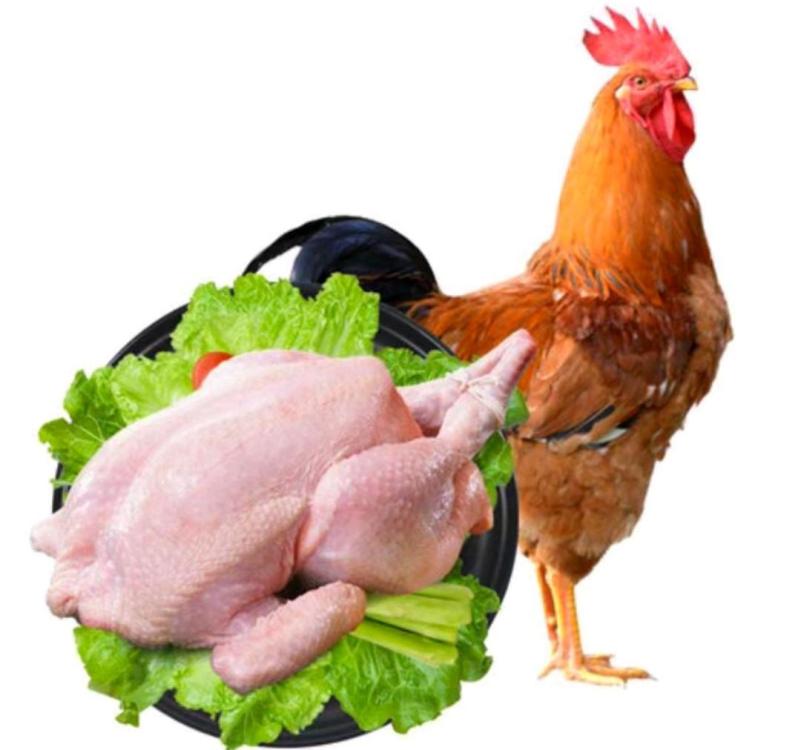
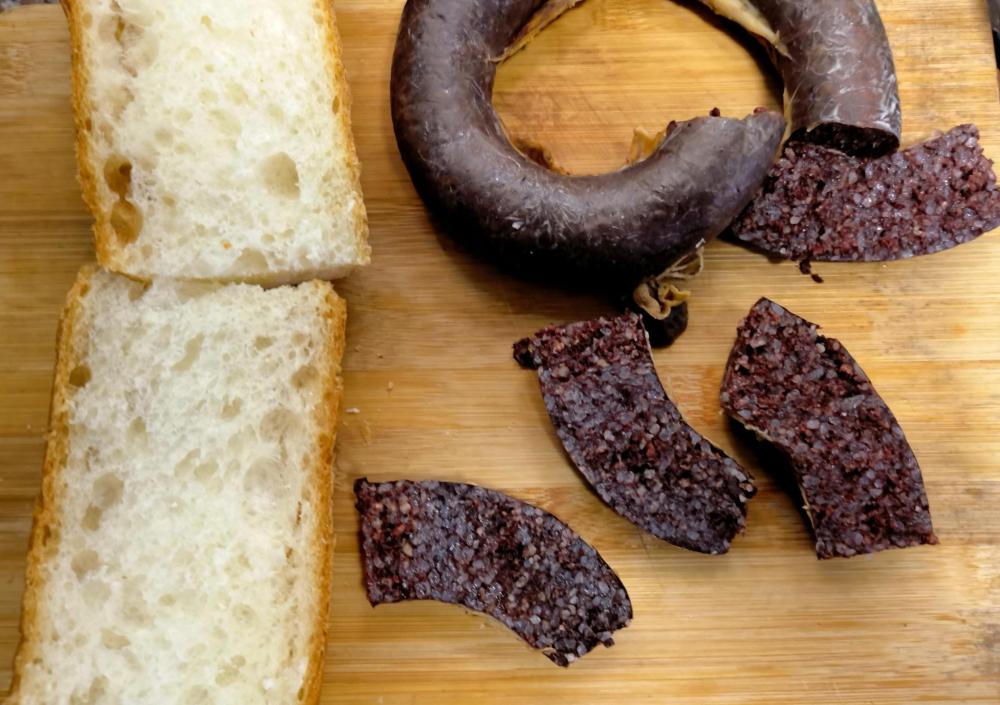
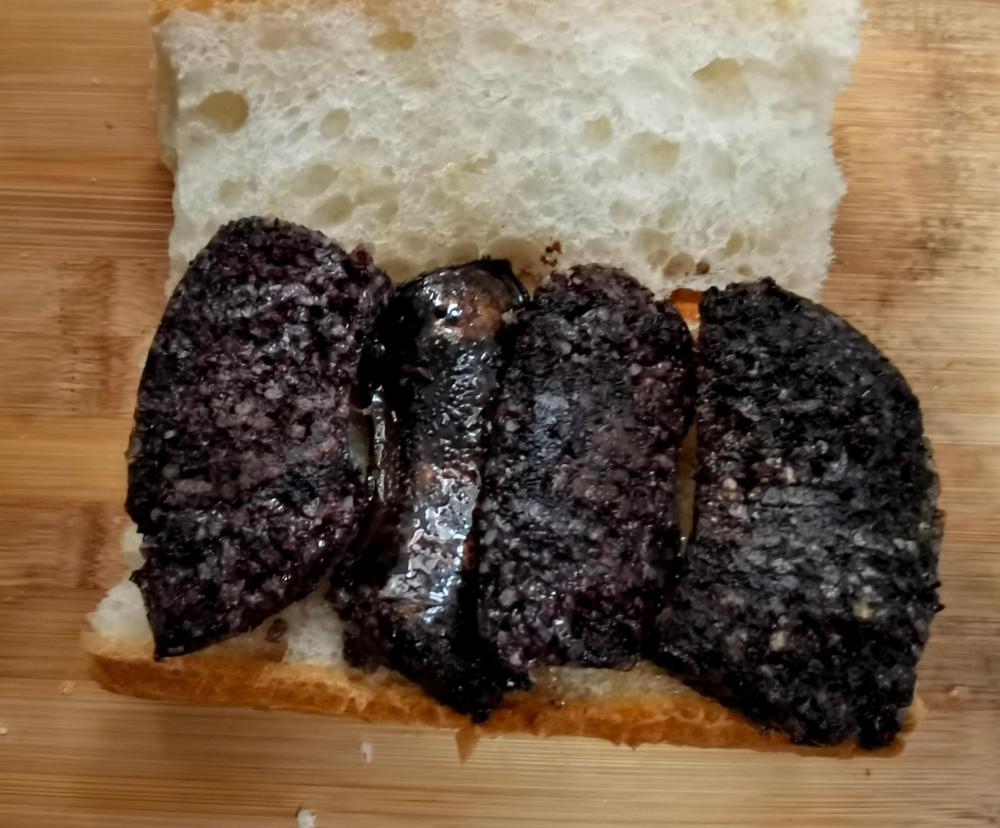
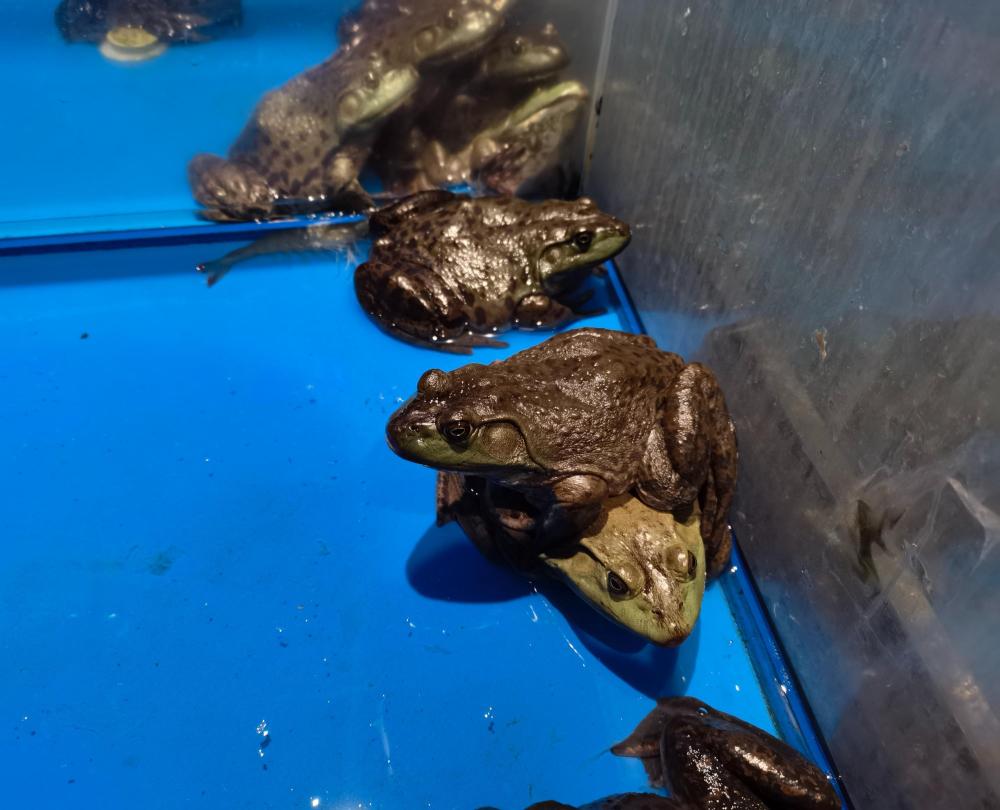
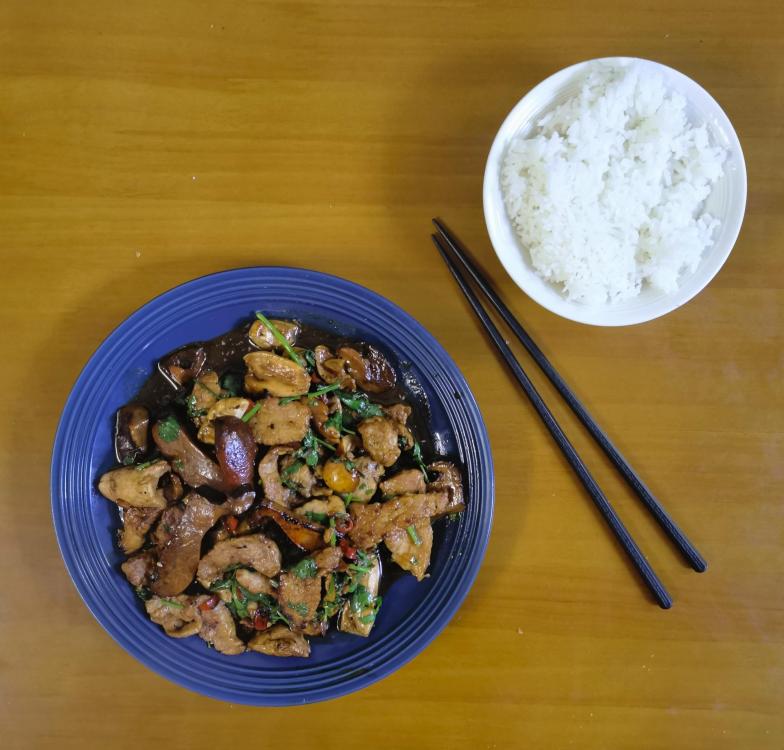
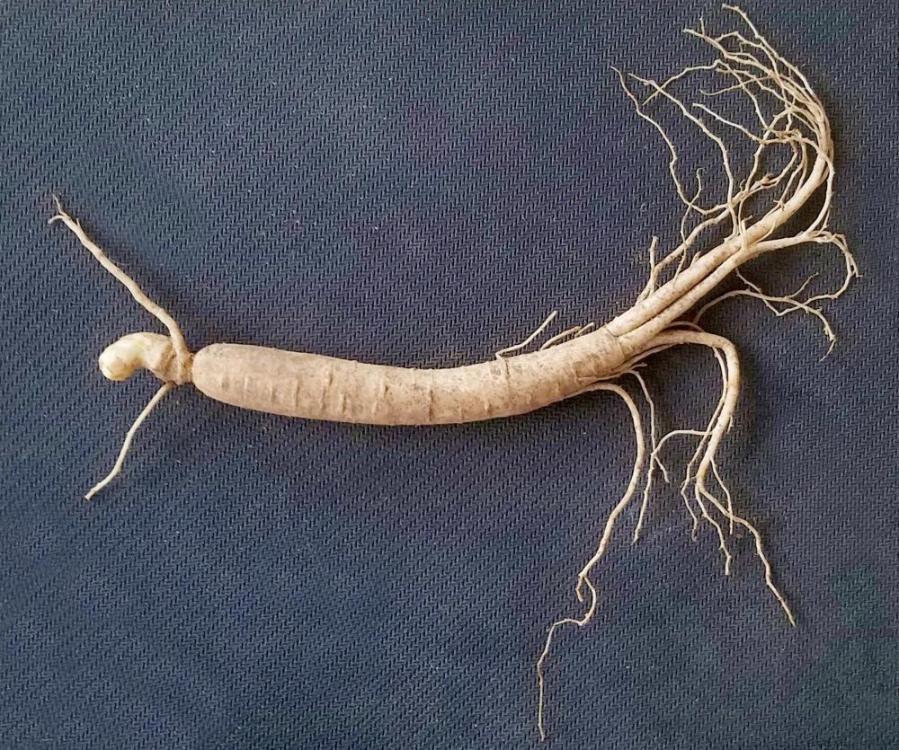

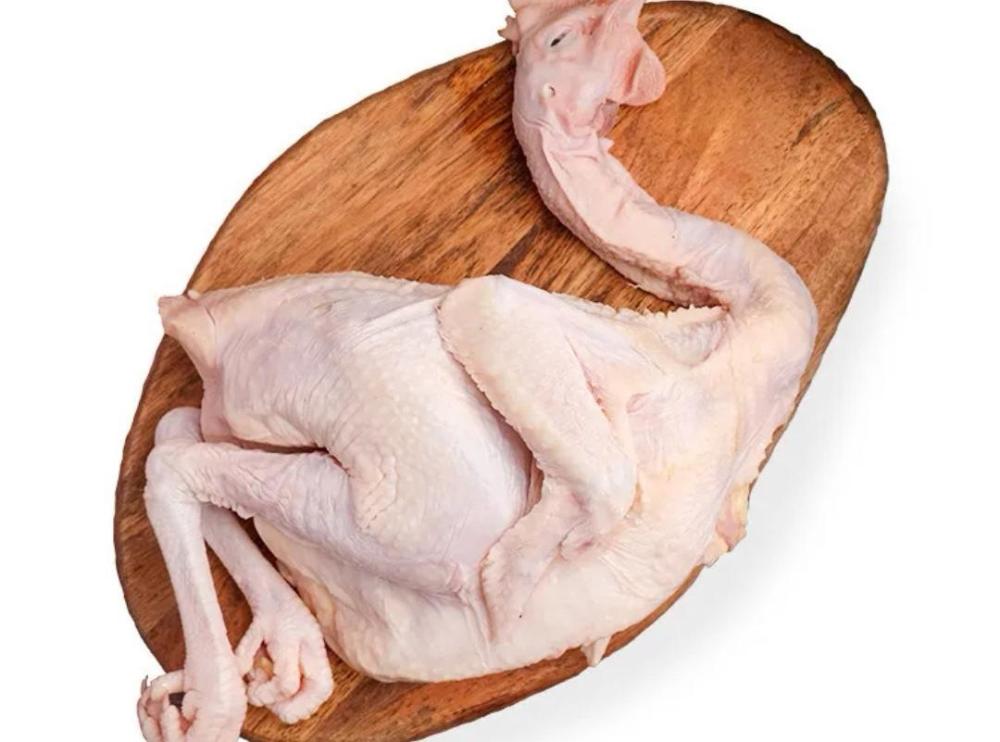
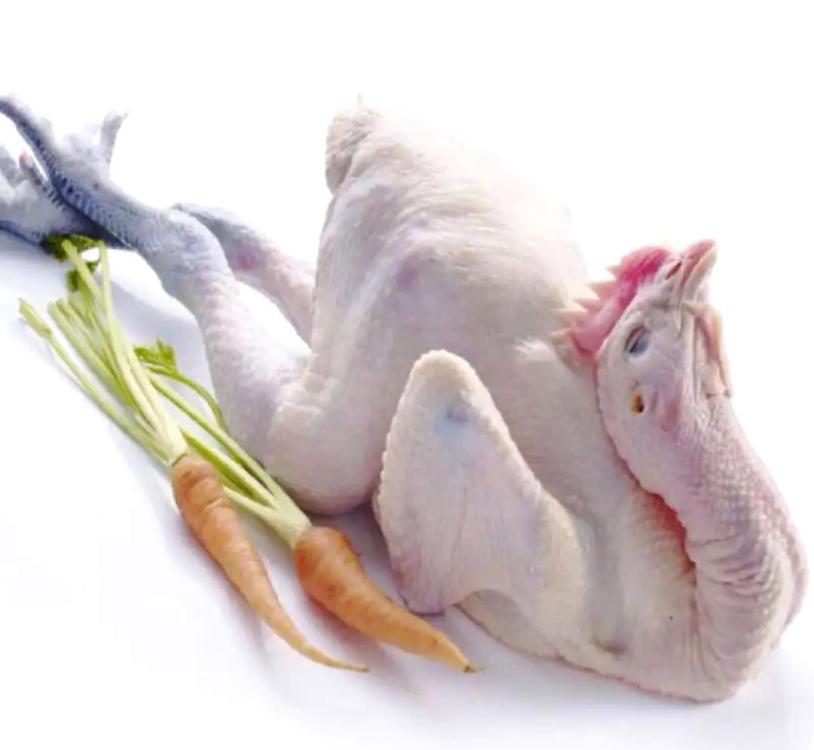
A pictorial guide to Chinese cooking ingredients
in China: Cooking & Baking
Posted · Edited by liuzhou (log)
So associated with China is rice, especially in the south, that it would be forgivable to think that's the only grain used. However, it couldn't be more wrong. The grains on offer in any supermarket outstrip anything I've ever seen in any western supermarket.
One of the most important is 高粱 (gāo liáng), Sorghum vulgare, sorghum. The name is derived from Latin. There are four main types of sorghum: forage, biomass, sweet sorghum, and grain sorghum. The name 'milo' is often used to refer to sorghum, especially in America but technically only means the last named, grain sorghum, Sorghum bicolor. Grain sorghum originated in Africa and the milo name is derived from the Sotho, mailo.
The first two sorghum varieties above are used as animal feed and fuel with only the last two normally being consumed by humans.
Sweet sorghum is also called cane sorghum or Chinese sugar cane. It is the source of sorghum syrup aka sorghum molasses.
Grain sorghum can be made into a gluten-free flour (sometimes called jowar or jawar flour - from the Hindi name जवार (jawār)).
Grain sorghum
In China, sorghum is important in three main applications.
1) 白酒 (bái jiǔ).
This is China's favourite liquor and the best brands are made from sorghum. China's semi-official national drink S:贵州茅台; T: 貴州茅臺 (guì zhōu máo tái) is a type of baijiu made in the town of Maotai in Guizhou province. It is one of only two products allowed to keep the old pre-Mao transliteration - Kweichow Moutai. (The other is Tsingtao beer from Qingdao, the modern spelling.)
This Maotai baijiu is served at state banquets and gifted to foreign leaders etc. It was used in 1972 by Mao to toast Nixon at their historic summit. A half litre bottle of their premium edition (S: 飞天; T: 飛天 - fēi tiān, flying fairy) will set you back around $350 USD. An aged bottle much more. The record was set in 2011 when a single bottle of a 1935 Kweichow Moutai sold for $1.55 million.
Unlike lesser baijiu producers who use a mix of fermented sorghum and wheat, Moutai only uses sorghum.
2) 陕西陈醋 (shǎn xī chén cù), Shanxi Aged Vinegar
This black vinegar is China's most popular and is made primarily from sorghum. See above where Chinese vinegars are discussed.
3) Cooked sorghum is eaten directly, usually as 高粱粥 (gāo liáng zhōu), sorghum congee or in mixed grain congee. Only rarely is it served with other dishes as a rice substitute.
Sorghum congee